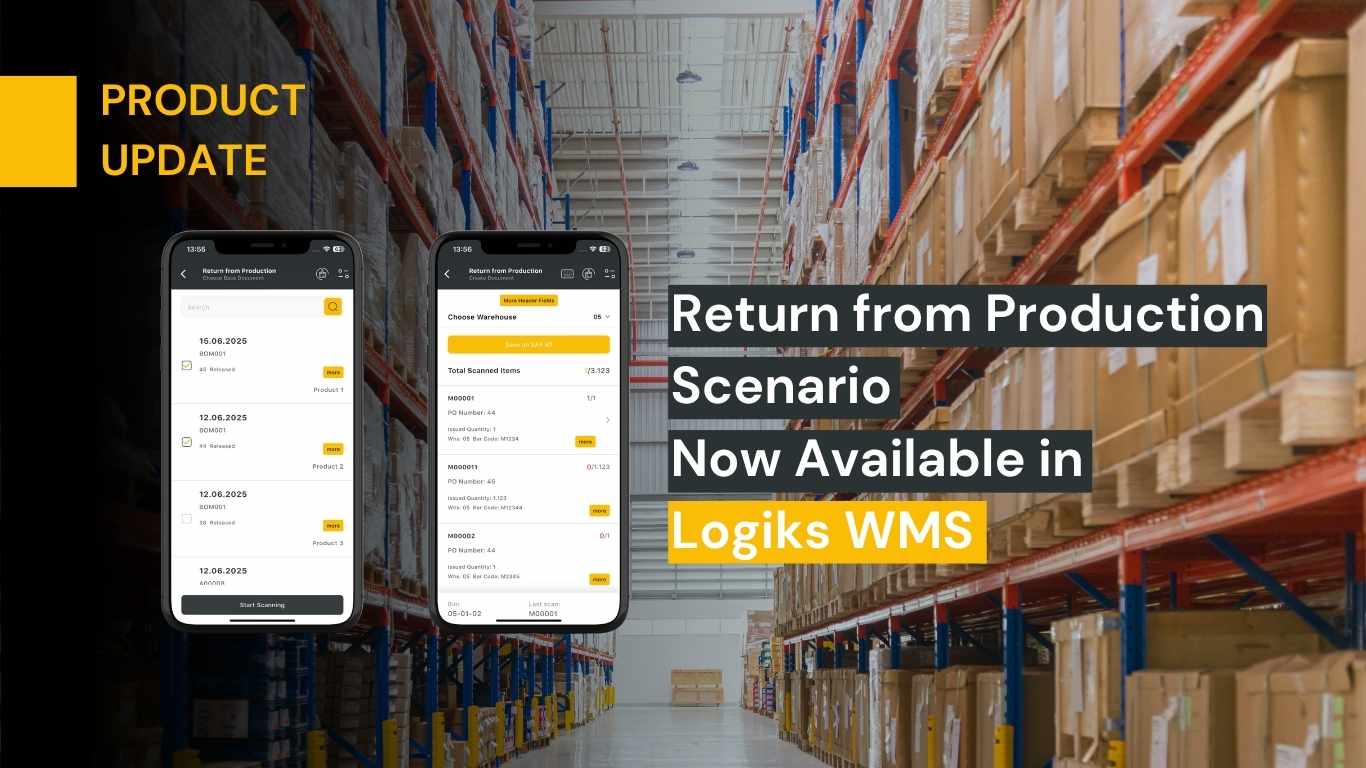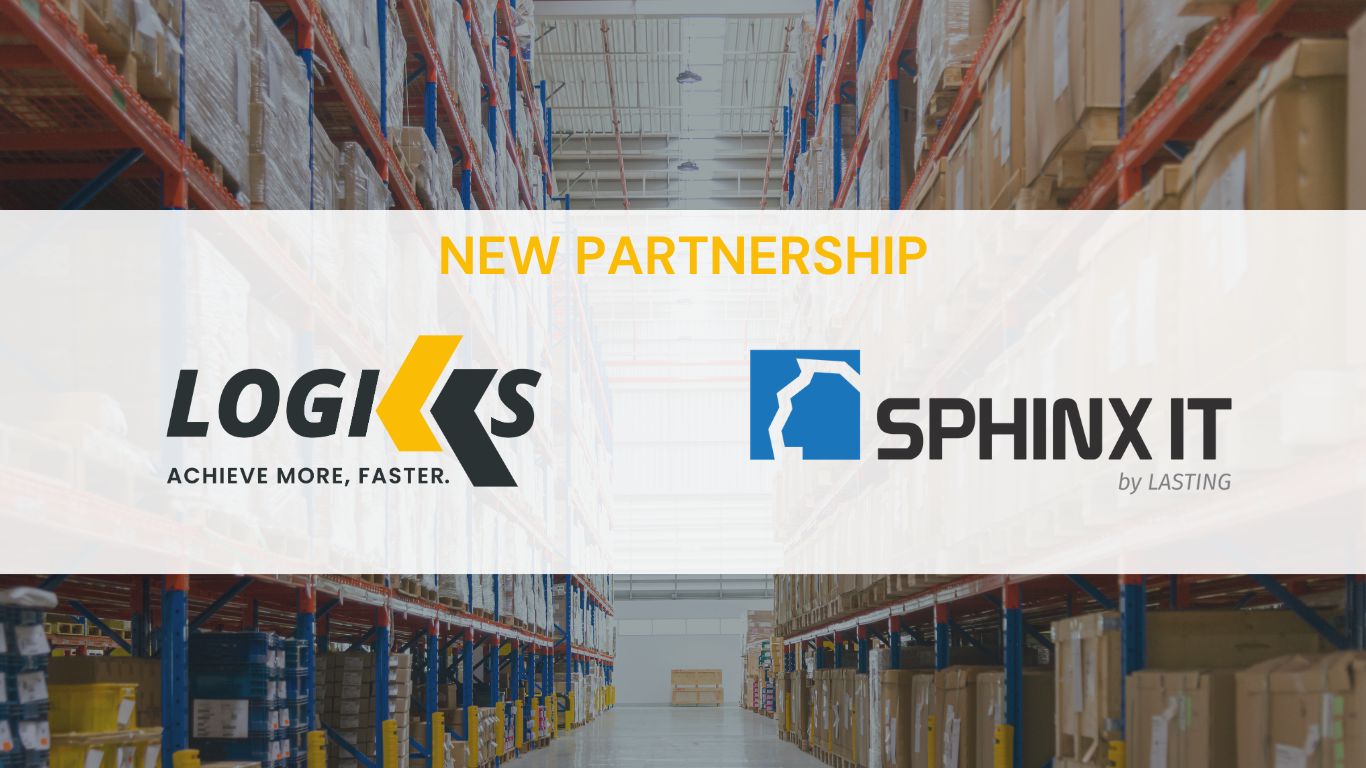Why Choosing the Right WMS Matters More Than Ever in 2025
Having a WMS system to manage your warehouse is no longer a “nice to have”. This is already a well-established fact and does not really need to be expanded upon. What is different now is that just having a WMS is no longer enough. The focus now is on how effectively your solution supports speed, adaptability, and insight-driven decision-making.
To ensure competitiveness on the global market, a modern WMS solutions needs to deliver:
- Fast and reliable scanning.
- Adaptability.
- Integration and real-time visibility.
In this blog we explore why these three factors are the cornerstones of warehouse success in 2025.
Why Speed Matters
Everyone already recognizes that scanning inventory with a device beats entering the numbers by hand. It is just common sense. However, in 2025, speed of scanning has become true differentiator. We are living in a fast-paced market, customers expect their goods delivered on time and accurately. That means at least hundreds of scanned barcodes per hour. Delay each scan by even a few seconds and the warehouse is loosing hours of productivity per week. This in turn means lower warehouse throughput and consequently, lower sales and profits.
Fast, reliable scanning solution ensures that you will not get last‑minute “out of stock” surprises that erode customer trust and revenue.
Adaptability: Future‑Proof Your Warehouse Processes
Business processes do not stay the same, they evolve, increase in number and complexity. In short – they change quite fast. A WMS solution that works for you now might not work for you in the nearest future. That is why choosing a solution that offers adaptability is key to long-term success.
One of the most important features that, surprisingly, is often ignored when making a decision to choose a WMS solution is its UI. Decision-makers often look at raw data provided by solution providers – how much will they save, how will it improve the process, how fast will it be. Those are important, but it is also crucial to remember that the solution will be used by warehouse workers, and they obviously use the solution through the UI. If the UI is rigid, and you are unable to modify it to fit your processes, workers will have a hard time adapting to it and using it efficiently. When choosing a WMS, you should look for functionalities like:
- Tailor screens to each role, shortening onboarding time.
- Add or hide fields as your data requirements evolve.
- Experiment with new workflows (e.g., zone picking, wave picking) without costly re‑implementation.
Visibility: Turning Data Into Decisions
It is no secret that data is the cornerstone of modern, digitalized business. That is why pairing a robust WMS system with an ERP is absolutely essential for gaining full visibility into your warehouse data. This integration enables you to identify key performance indicators (KPIs) and monitor them effectively, helping you avoid decisions based on assumptions rather than facts.
The benefits of a WMS that leverages data include:
- No stockouts or overstocking, ensuring optimal inventory levels.
- Happier customers, thanks to more reliable order fulfillment and fewer delays.
- Improved planning, allowing your business to respond proactively to changes in demand.
- Better resource allocation, reducing waste and increasing operational efficiency.
When your decisions are backed by real-time, accurate data, your warehouse becomes not just a storage space, but a strategic asset that supports business growth.
Conclusion: Don’t Let Your Warehouse Hold You Back in 2025
The message is clear: in 2025, simply having a WMS is not enough. To stay competitive, SMEs need to go beyond basic warehouse management and invest in solutions that prioritize speed, adaptability, and data-driven visibility.
Fast scanning keeps your operations moving and your customers happy. Adaptability ensures your processes evolve with your business — not against it. Real-time data visibility turns your warehouse from a cost center into a strategic advantage.
The good news? These capabilities are no longer reserved for enterprise giants. With modern, flexible WMS solutions, small and mid-sized businesses can now access the tools they need to compete on a global scale.
Don’t let outdated systems slow you down. Choose a WMS that moves with you – today, tomorrow, and into the future.






